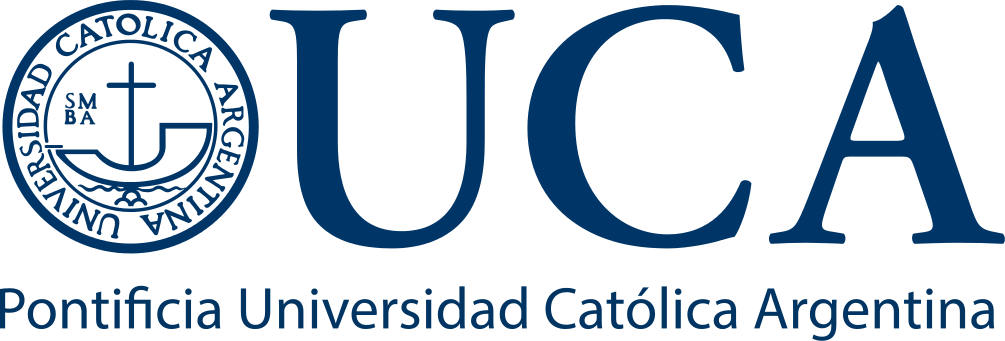Por favor, use este identificador para citar o enlazar este ítem:
https://repositorio.uca.edu.ar/handle/123456789/16154| Campo DC | Valor | Lengua/Idioma |
|---|---|---|
| dc.contributor.author | Terráneo, Sebastián | es |
| dc.date.accessioned | 2023-04-10T18:47:01Z | - |
| dc.date.available | 2023-04-10T18:47:01Z | - |
| dc.date.issued | 2022 | - |
| dc.identifier.citation | Terráneo, S. Il processo di elaborazione dell’istruzione crimen sollicitationis del 1922 [en línea]. Ius Ecclesiae. 2022, 34 (1). doi: 10.19272/202208601005. Disponible en: https://repositorio.uca.edu.ar/handle/123456789/16154 | es |
| dc.identifier.issn | 1120-6462 | - |
| dc.identifier.issn | 1972-5671 (online) | - |
| dc.identifier.uri | https://repositorio.uca.edu.ar/handle/123456789/16154 | - |
| dc.description.abstract | Resumo: Il presente articolo si prefigge l’obiettivo di ripercorrere le tappe evolutive dell’Istruzione Crimen Sollicitationis del 1922, congegnata come responso del Sant’Uffizio al crescente numero dei casi di sollecitazione. Nell’analisi del processo di elaborazione della suddetta Istruzione si evidenzia come la stessa ha cercato di sovvenire alla problematica della repressione del crimine di sollecitazione, suggerendo gli strumenti necessari per elaborare le accuse e per farle pervenire all’autorità ecclesiastica. Il Sant’Uffizio si prefiggeva come obiettivo quello di agevolare la formulazione delle denunce, eliminando tutte quelle formalità che costituivano un’ulteriore sofferenza al soggetto vittima del delitto. Anche all’accusato però era preservata la tutela. Nei suoi riguardi infatti sono stati eliminati gli abusi che contrassegnavano la procedura precedente ed è stata riconfermata la natura giudiziaria del processo. | es |
| dc.description.abstract | Abstract: This article aims to retrace the evolutionary stages of the 1922 Instruction Crimen Sollicitationis, conceived as a response from the Holy Office to the growing number of solicitation cases. In the analysis of the process of composition of the afore mentioned Instruction, it is highlighted how the same has tried to solve the problem of the suppression of the crime of solicitation, suggesting the necessary tools to address the accusations and to present them to ecclesiastical authority. The Holy Office aimed at facilitating the formulation of complaints, eliminating all those formalities that imposed further suffering on the victim of crime. However, certain protection was also preserved for the accused. In fact, the defects that characterized the previous procedure were eliminated in this regard and the judicial nature of the process was reconfirmed. | es |
| dc.format | application/pdf | es |
| dc.language.iso | ita | es |
| dc.publisher | Pontificia Università della Santa Croce. Facoltà di Diritto Canonico | es |
| dc.rights | Restringido | * |
| dc.rights.uri | http://creativecommons.org/licenses/by-nc-sa/4.0/ | * |
| dc.source | Ius Ecclesiae. 2022, 34 (1) | es |
| dc.subject | ABUSO INFANTIL | es |
| dc.subject | DERECHO CANONICO | es |
| dc.subject | DELITOS SEXUALES | es |
| dc.subject | CLERO | es |
| dc.subject | IGLESIA CATOLICA | es |
| dc.subject | CONGREGACION PARA LA DOCTRINA DE LA FE | es |
| dc.subject | CRIMEN SOLLICITATIONIS | es |
| dc.title | Il processo di elaborazione dell’istruzione crimen sollicitationis del 1922 | es |
| dc.title | The process of drafting the 1922 instruction crimen sollicitationis | es |
| dc.type | Artículo | es |
| dc.identifier.doi | 10.19272/202208601005 | - |
| uca.disciplina | DERECHO CANONICO | es |
| uca.issnrd | 0 | es |
| uca.affiliation | Fil: Terráneo, Sebastián. Pontificia Universidad Católica Argentina; Argentina | es |
| uca.version | publishedVersion | es |
| item.fulltext | With Fulltext | - |
| item.grantfulltext | reserved | - |
| item.languageiso639-1 | it | - |
| Aparece en las colecciones: | Artículos | |
Ficheros en este ítem:
| Fichero | Descripción | Tamaño | Formato | Login |
|---|---|---|---|---|
| processo-elaborazione-istruzione.pdf | 285,96 kB | Adobe PDF | SOLICITAR ACCESO |
Visualizaciones de página(s)
163
comprobado en 27-abr-2024
Descarga(s)
43
comprobado en 27-abr-2024
Google ScholarTM
Ver en Google Scholar
Altmetric
Altmetric
Este ítem está sujeto a una Licencia Creative Commons

